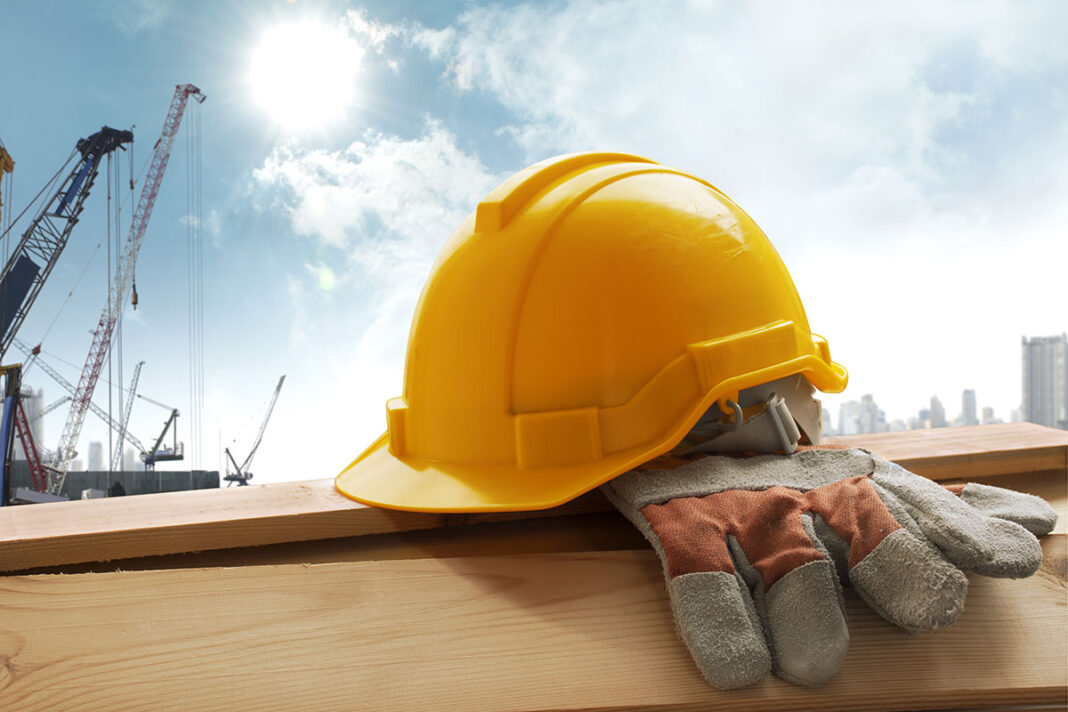
TURNER & Townsend has warned that the construction sector should prepare for the possibility of ‘sustained price pressures’.
The firm’s latest UK Market Intelligence Report highlights that both demand and supply side factors have maintained pressure on costs since last year, and also looks ahead to the potential impact of regulatory change around building safety.
Turner & Townsend said the current ‘cocktail of inflationary pressure’ is being led by rising material costs and ‘burgeoning’ sector demand.
Increased government investment is described as combining with deferred work from the pandemic, and generally improving states of the economy to support the recovery of demand in the sector. However, reduced manufacturing capacity, freight delays, Brexit legislation, and ‘fragmented’ global supply chains are pushing up costs and tightening supply chains.
Turner & Townsend forecasts that real estate tender price inflation will rise to 1.5% in 2021, with this increase continuing up to a potential 4.5% rise by 2025. Infrastructure tender prices are expected to follow the same trend.
While the UK Market Intelligence Report anticipates that some supply chain pressures will lessen in the short-term, longer-term regulatory changes may come with an ‘inflationary sting in the tail’.
Andy Outram, director and real estate lead for Scotland at Turner & Townsend, said, “It’s great to see construction output and activity increasing in Scotland but a sustained economic recovery will take time. As growing client appetite and demand run into already strained supply chains, the bounce-back is likely to come with notable inflationary side-effects. But this must not become a reason to prioritise cost over quality – when it comes to factors like building safety, meeting the highest standards is non-negotiable. What matters is that businesses are prepared, and consciously control their costs and manage their risks. This means close collaboration and an intimate knowledge of your global and local supply chains. Now is the time to be decisive, and to listen and communicate with suppliers and contractors at every level – keeping a firm grip on the dynamics within the market.”
Nattasha Freeman, director for safety health environment and quality at Turner & Townsend, commented, “The Fire Safety Act 2021 has already set in motion a raft of changes and further, more wide ranging, amendments are to be expected when the Building Safety Bill comes into force. Adjusting successfully to such changes will take collective effort across the supply chain and place tough demands on the sector’s already stretched safety specialists. The cost implications could be significant, but investing in preparation, adopting new processes to evidence, compliance and upskilling, will help mitigate some of these expenses.”











